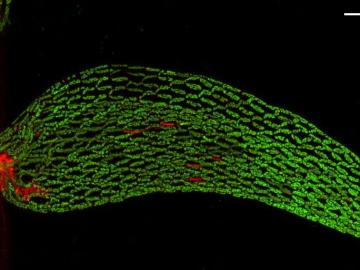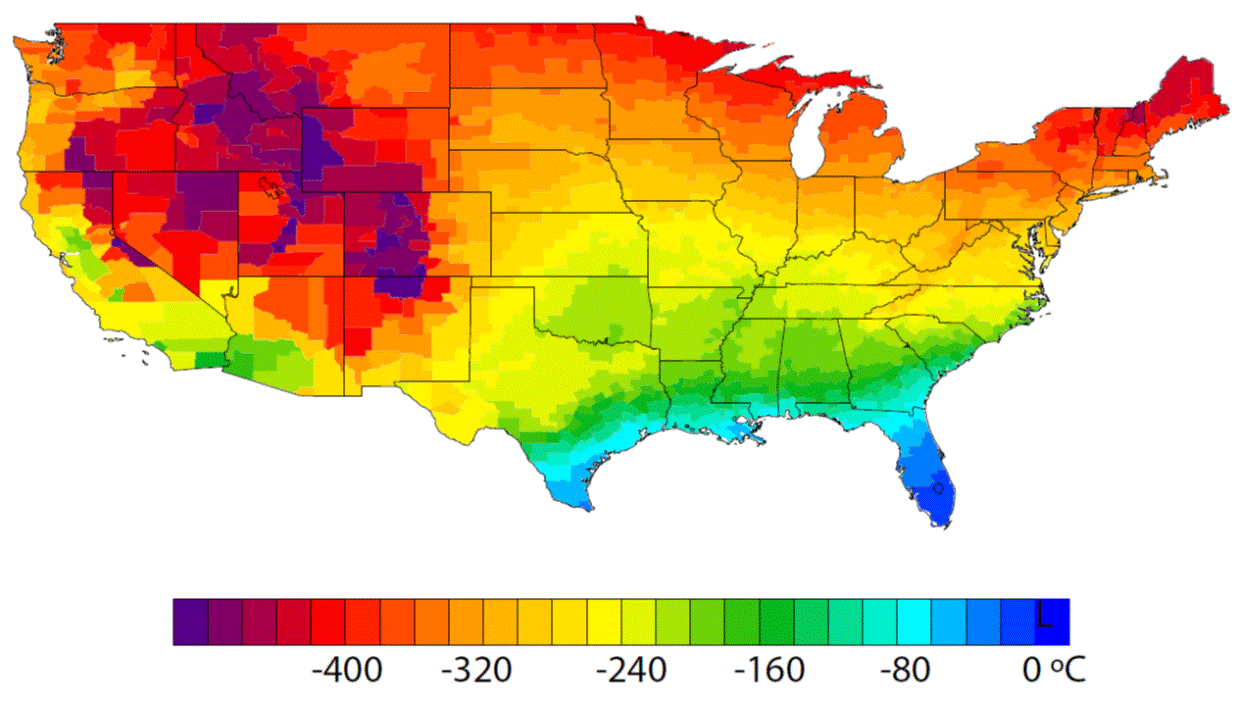
Filter News
Area of Research
- (-) Energy Science (35)
- (-) Nuclear Science and Technology (1)
- (-) Supercomputing (14)
- Advanced Manufacturing (1)
- Biology and Environment (26)
- Computational Biology (1)
- Computational Engineering (2)
- Computer Science (7)
- Electricity and Smart Grid (1)
- Fusion and Fission (2)
- Fusion Energy (6)
- Materials (10)
- Materials for Computing (2)
- Mathematics (1)
- National Security (3)
- Neutron Science (2)
- Quantum information Science (3)
- Sensors and Controls (1)
News Topics
- (-) Biology (3)
- (-) Environment (17)
- (-) Fusion (2)
- (-) Grid (15)
- (-) Machine Learning (3)
- (-) Polymers (7)
- (-) Quantum Science (3)
- (-) Summit (6)
- 3-D Printing/Advanced Manufacturing (23)
- Advanced Reactors (5)
- Artificial Intelligence (2)
- Big Data (5)
- Bioenergy (2)
- Biomedical (6)
- Biotechnology (1)
- Buildings (13)
- Chemical Sciences (2)
- Clean Water (4)
- Composites (9)
- Computer Science (23)
- Coronavirus (4)
- Critical Materials (7)
- Energy Storage (22)
- Exascale Computing (1)
- Frontier (1)
- High-Performance Computing (3)
- Hydropower (2)
- Isotopes (1)
- Materials (13)
- Materials Science (10)
- Mathematics (1)
- Mercury (1)
- Microscopy (2)
- Molten Salt (3)
- Nanotechnology (2)
- Neutron Science (2)
- Nuclear Energy (11)
- Quantum Computing (4)
- Simulation (2)
- Space Exploration (4)
- Statistics (1)
- Transportation (26)
Media Contacts

Researchers at ORNL demonstrated that sodium-ion batteries can serve as a low-cost, high performance substitute for rechargeable lithium-ion batteries commonly used in robotics, power tools, and grid-scale energy storage.

A novel approach developed by scientists at ORNL can scan massive datasets of large-scale satellite images to more accurately map infrastructure – such as buildings and roads – in hours versus days.

The prospect of simulating a fusion plasma is a step closer to reality thanks to a new computational tool developed by scientists in fusion physics, computer science and mathematics at ORNL.

To better determine the potential energy cost savings among connected homes, researchers at Oak Ridge National Laboratory developed a computer simulation to more accurately compare energy use on similar weather days.

As scientists study approaches to best sustain a fusion reactor, a team led by Oak Ridge National Laboratory investigated injecting shattered argon pellets into a super-hot plasma, when needed, to protect the reactor’s interior wall from high-energy runaway electrons.

A team of scientists found that critical interactions between microbes and peat moss break down under warming temperatures, impacting moss health and ultimately carbon stored in soil.

A detailed study by Oak Ridge National Laboratory estimated how much more—or less—energy United States residents might consume by 2050 relative to predicted shifts in seasonal weather patterns

A team of researchers at Oak Ridge National Laboratory have demonstrated that designed synthetic polymers can serve as a high-performance binding material for next-generation lithium-ion batteries.

Using Summit, the world’s most powerful supercomputer housed at Oak Ridge National Laboratory, a team led by Argonne National Laboratory ran three of the largest cosmological simulations known to date.

In a step toward advancing small modular nuclear reactor designs, scientists at Oak Ridge National Laboratory have run reactor simulations on ORNL supercomputer Summit with greater-than-expected computational efficiency.


